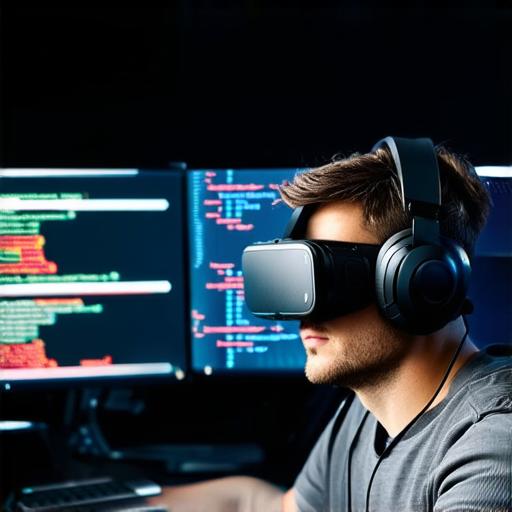Virtual reality (VR) is a rapidly growing technology that allows users to experience immersive environments in a digital world. With VR, you can create interactive and engaging experiences that can be used for various purposes, such as gaming, education, training, and more.
1. Define the Purpose of Your Virtual Reality Experience
Before you start creating your VR experience, it is important to define its purpose. This will help you determine the type of environment and content that will be used in the experience. The purpose of your VR experience can be anything from a simple game to a complex training program.
2. Choose the Right Virtual Reality Platform
There are various virtual reality platforms available, such as Unity, Unreal Engine, A-Frame, and more. Each platform has its own strengths and weaknesses, so it is important to choose the one that best fits your needs. Consider factors such as performance, ease of use, and compatibility with other devices when choosing a VR platform.
3. Create the Environment
The environment is an essential part of any VR experience. It should be designed in such a way that it immerses the user in the digital world. You can create the environment using 3D modeling software or by using pre-made assets from the VR platform you have chosen.
4. Add Interactive Elements
Interactive elements are what make a VR experience engaging and fun. These can include things like buttons, levers, and other controls that the user can interact with to advance through the experience. You can add these elements using scripting or by using pre-made assets from the VR platform.
5. Test and Refine

Once you have created your VR experience, it is important to test it thoroughly to ensure that it is working as intended. You should also gather feedback from users to refine and improve the experience. This may involve making changes to the environment, adding or removing interactive elements, or adjusting other settings.
Conclusion
Developing a virtual reality experience can be a complex process, but with the right tools and knowledge, it is possible to create an immersive and engaging digital world. By following these steps, you can create a VR experience that meets your specific needs and provides a memorable experience for users.
